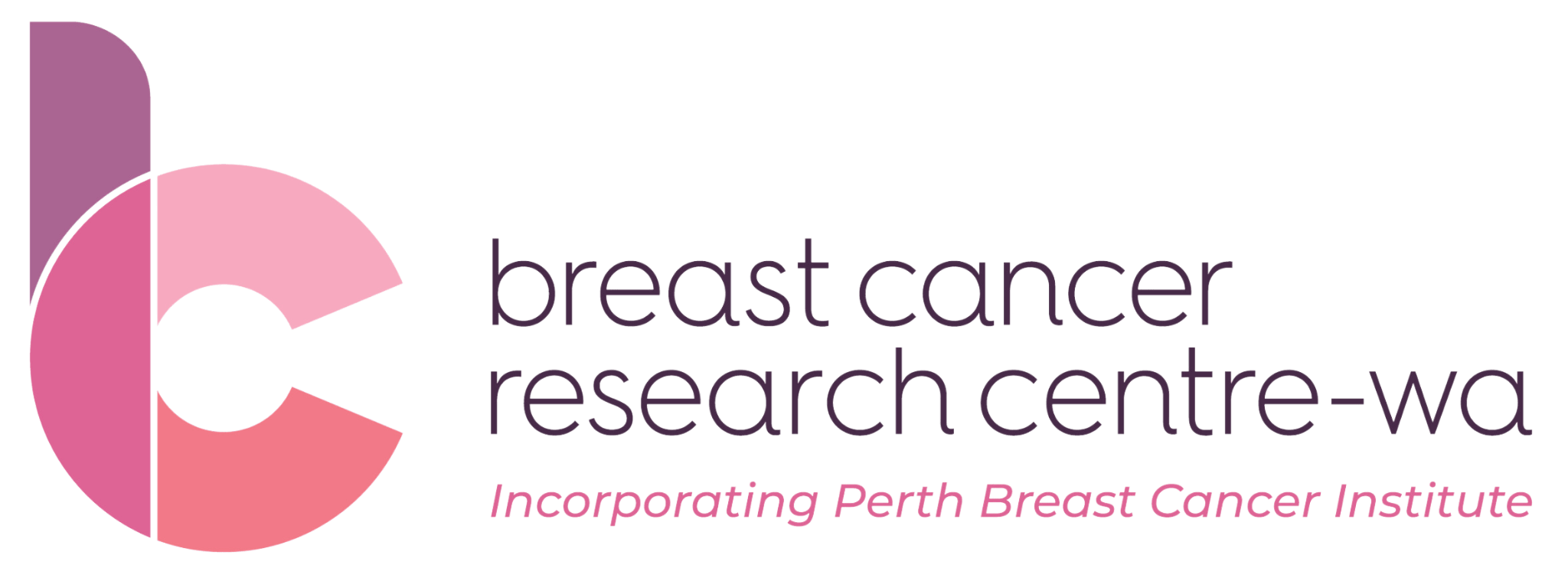About Breast Cancer
The Australian Government’s Cancer Australia reported that breast cancer was the second most commonly diagnosed cancer in Australia in 2018 and estimated that it would remain the second most commonly diagnosed cancer in 2022. While breast cancer is predominantly found in women, it can also affect men.
Breast cancer occurs when breast cells grow in an abnormal and uncontrolled way. For most people, this is the result of chance and is related to ageing. There are certain environmental and lifestyle factors such as alcohol intake, weight gain and smoking, which may increase a person’s risk of developing breast cancer. While family history also plays a part, only 5% of breast cancers are thought to occur due to an inherited genetic fault. While the presence of these factors may increase a person’s risk, this does not mean they are certain to develop breast cancer.
Breast cancer can arise from different parts of the breast tissue and can be invasive or non-invasive. Cancer Australia website lists the following types of cancer:
- Ductal carcinoma in situ (DCIS) is a non-invasive breast cancer that is confined to the ducts of the breast.
- Lobular carcinoma in situ (LCIS) is a non-invasive breast cancer that is confined to the lobules of the breast.
- Early breast cancer is an invasive breast cancer that is contained in the breast and may or may not have spread to lymph nodes in the breast or armpit. Some cancer cells may have spread outside the breast and armpit area but cannot be detected.
- Paget’s disease of the nipple is a rare form of breast cancer that affects the nipple and the area around the nipple (the areola), and is commonly associated with an invasive cancer elsewhere in the breast.
- Inflammatory breast cancer is a rare form of invasive breast cancer that affects the lymphatic vessels in the skin of the breast, causing the breast to become red and inflamed.
- Locally advanced breast cancer is an invasive breast cancer that has spread to areas near the breast, such as the chest wall.
- Metastatic breast cancer (also called advanced breast cancer) is an invasive breast cancer that has spread from the breast to other parts of the body.
For further information about each type, visit Cancer Australia.
It is important to know that there are other differences between breast cancers. The behaviour and response to treatment of any given cancer is determined by several different characteristics of the cells themselves.
When such characteristics are identified, treatments can be tailored specifically to that type of cancer cell. These characteristics include “receptors” on the surface of a cell which can provide a gateway for drugs to attack the cells.
An example of this is the HER2 receptor. HER2 is a protein on the outside of some breast cancer cells. It promotes cell growth. Breast cancer cells with higher than normal levels of HER2 are called HER2-positive, those with lower levels are called HER2-negative.
Trastuzumab is a drug which directly targets the HER2 protein and has greatly improved the outcome for many women with HER2 positive breast cancer since its approval.
Other receptors include estrogen and progesterone receptors. When the effects of estrogen are blocked, this avenue for cell growth is also blocked.
Several other characteristics have been identified, but there are still more! The great news here is that discovering new ways to attack cancer cells means that treatments can be tailored to each patient and give the best outcome possible for that individual. Targeting treatments to particular cancer cell receptors also decreases the effects on other normal cells, decreasing side effects and improving patient quality of life during treatment.

